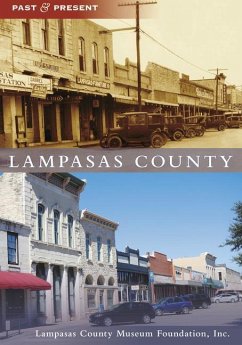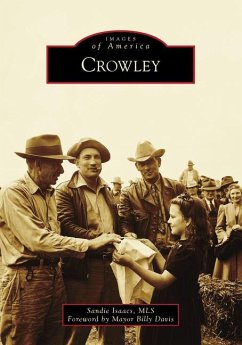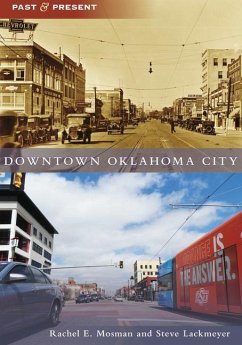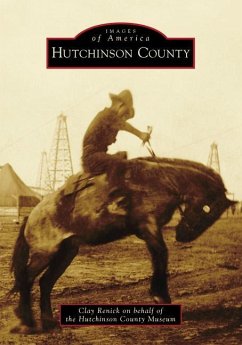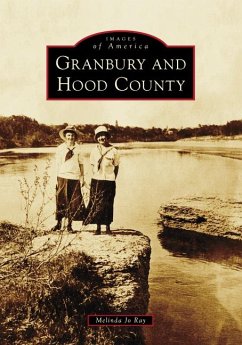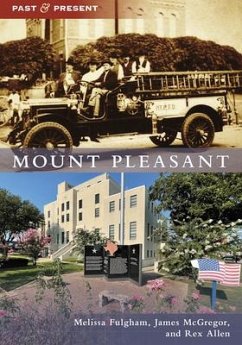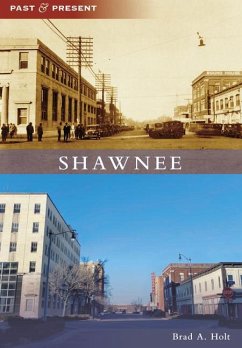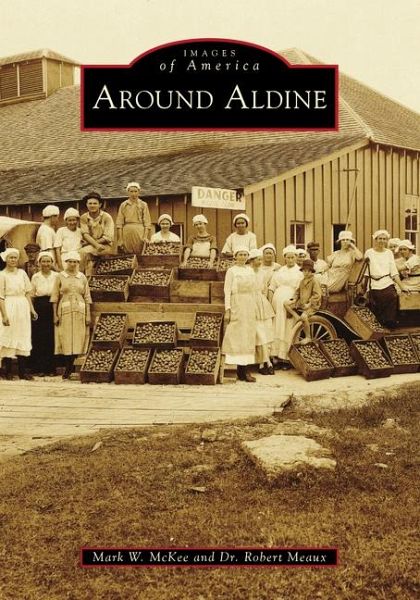
Around Aldine
Versandkostenfrei!
Versandfertig in über 4 Wochen
18,99 €
inkl. MwSt.

PAYBACK Punkte
9 °P sammeln!
Straddling a major railroad with plenty of open prairie, 1890s Aldine offered an ideal real estate development to enterprising land agent Ferris Colby. Colby platted a townsite and marketed acreage to Northerners looking for a warmer climate. Advertisements by Colby, as well as Eugene Robertson, touted Aldine's agricultural potential. Satsuma oranges and magnolia figs provided early cash crops. Entrepreneur John Carpenter started a fig canning factory after winning a silver medal for preserved figs at the 1904 World's Fair. The orange and fig orchards failed by 1920, however, and local farmers...
Straddling a major railroad with plenty of open prairie, 1890s Aldine offered an ideal real estate development to enterprising land agent Ferris Colby. Colby platted a townsite and marketed acreage to Northerners looking for a warmer climate. Advertisements by Colby, as well as Eugene Robertson, touted Aldine's agricultural potential. Satsuma oranges and magnolia figs provided early cash crops. Entrepreneur John Carpenter started a fig canning factory after winning a silver medal for preserved figs at the 1904 World's Fair. The orange and fig orchards failed by 1920, however, and local farmers switched to produce and dairying. In the early 1960s, the automobile and new freeways opened Aldine to suburban development. Houses, apartments, retail centers, and even a major airport replaced the farms and dairies, changing Aldine from a rural outpost to an almost indistinguishable part of Houston's near-endless urban sprawl.



